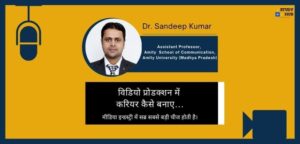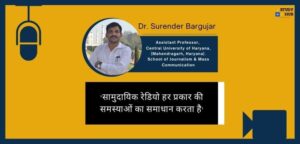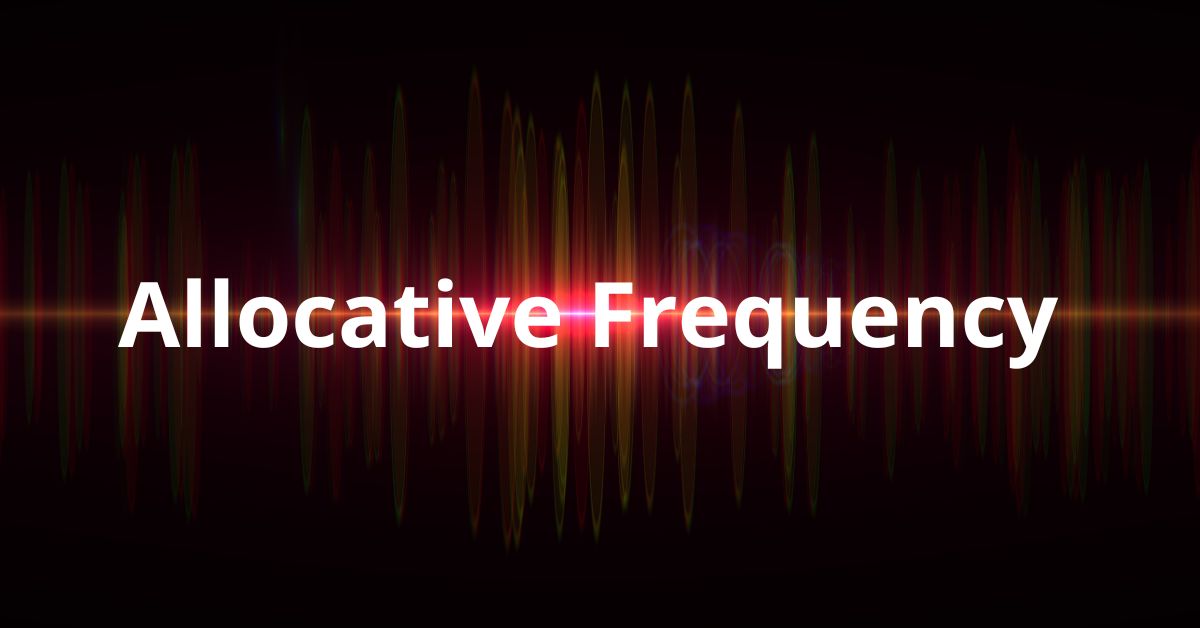When words have the emotive potential, they are categorised as
(A) Metanyms
(B) Parawords
(C) Similes
(D) Metaphors
Correct Ans: (D)
Explanation:
Metaphors are words or phrases that carry strong emotive potential, making communication more vivid and impactful. They express ideas by comparing unrelated concepts, creating deeper meaning. Writers, journalists, and advertisers frequently use metaphors to evoke emotions and shape audience perceptions.
Unlike literal language, metaphors help people understand complex ideas by linking them to familiar experiences. For example, phrases like “a wave of change” or “a heart of stone” do not mean their literal definitions but instead create emotional connections. These expressions make messages more engaging and persuasive.
In media and advertising, metaphors influence how people interpret events and products. Political speeches use them to inspire and unite audiences. Similarly, brands incorporate metaphors to create strong identities, such as Nike’s slogan “Just Do It,” which symbolizes action and determination.
Moreover, metaphors shape narratives in news reporting. A crisis may be described as a “storm,” creating a sense of urgency. This technique helps frame discussions, guiding public opinion. However, using emotionally charged metaphors can sometimes lead to biased interpretations, influencing audiences in unintended ways.
Despite their effectiveness, communicators must use metaphors carefully. Overuse or misleading comparisons can confuse readers or distort reality. A well-crafted metaphor, however, enhances clarity and engagement.
In conclusion, metaphors are powerful tools in communication. By adding emotional depth and relatability, they help convey ideas more effectively. Their role in media, advertising, and public discourse highlights their significance in shaping perceptions and emotions.




















